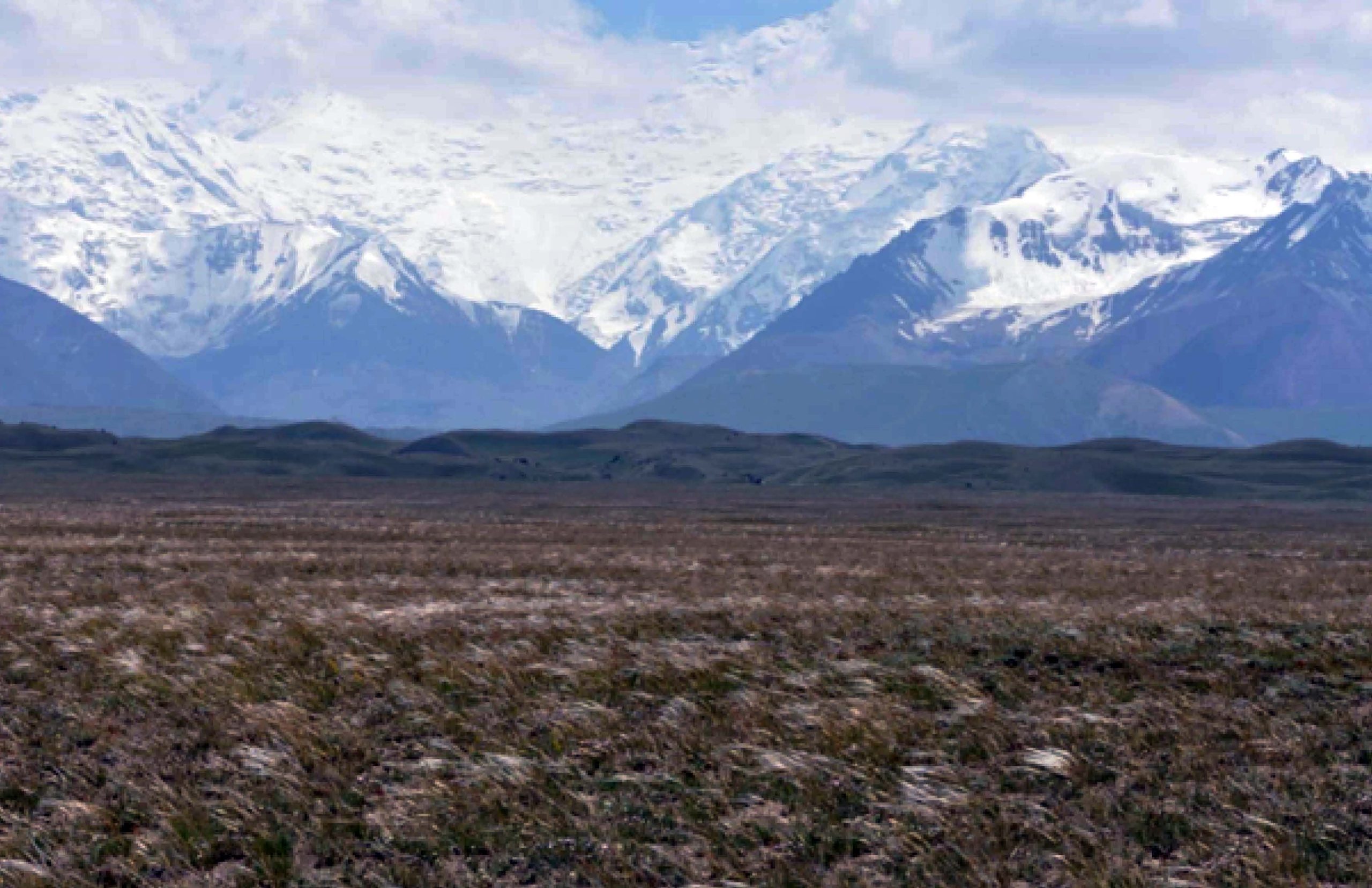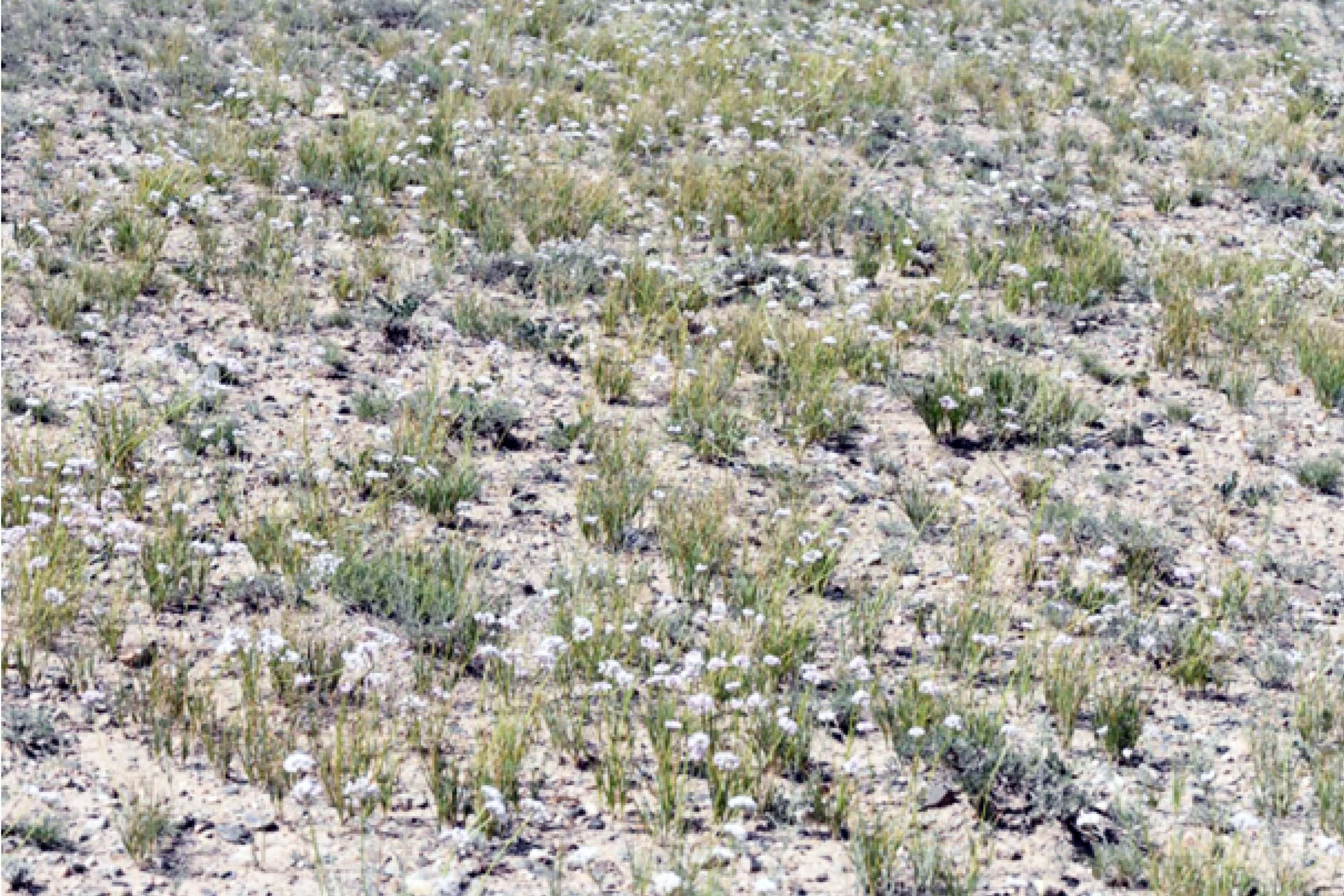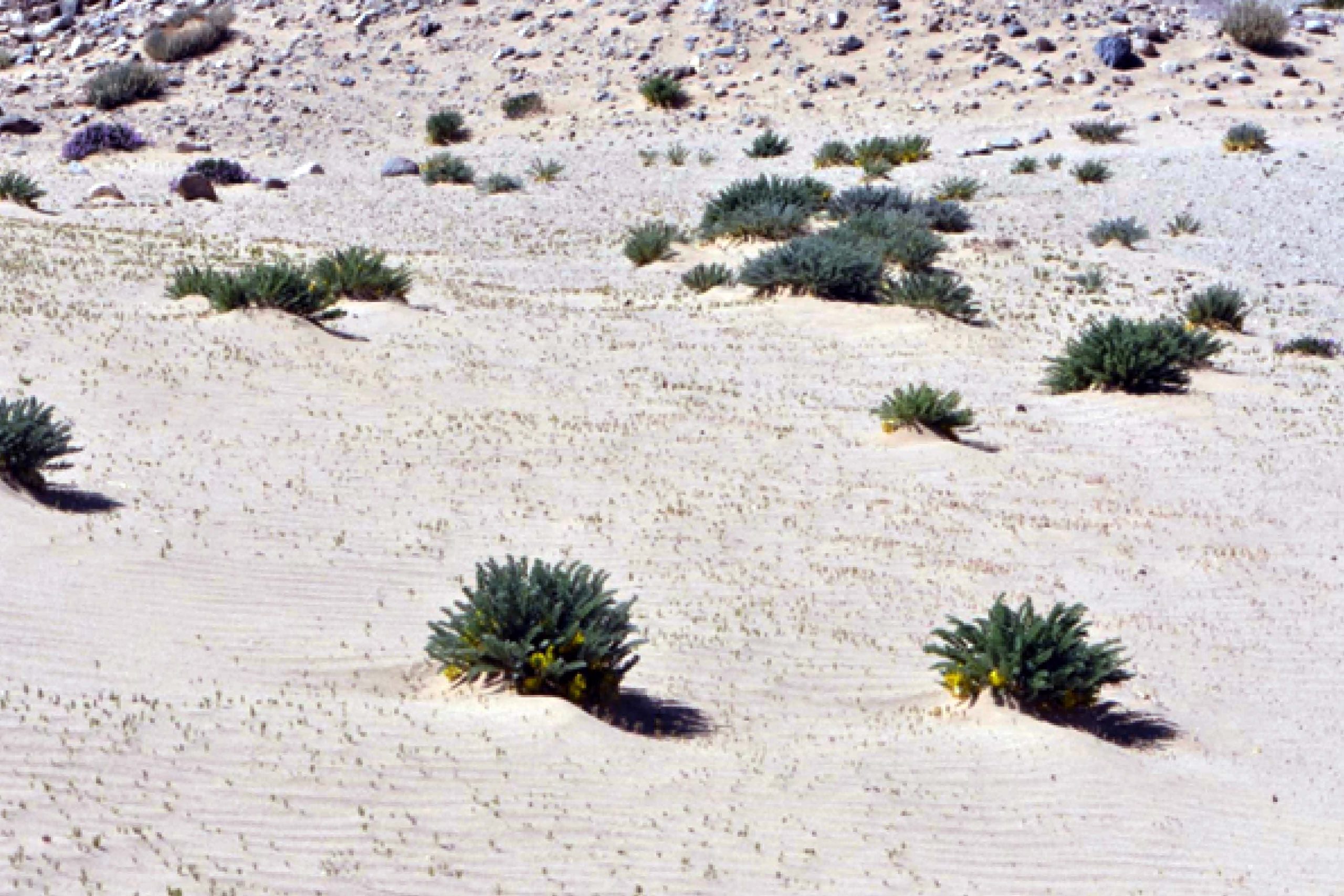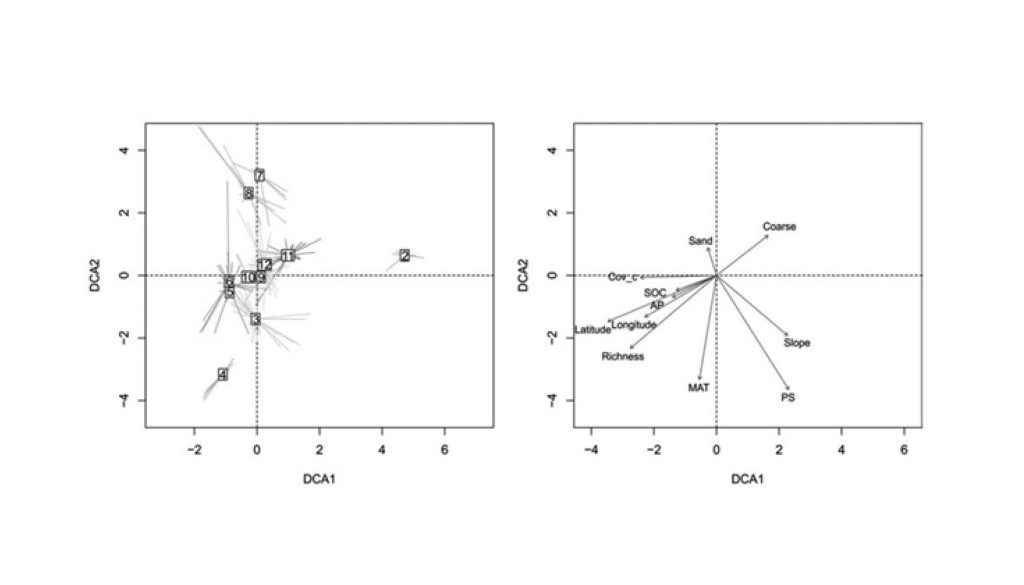Na podstawie 285 zdjęć fitosocjologicznych dokonaliśmy pierwszej klasyfikacji roślinności półpustynnej i tzw. suchych stepów najwyższych położeń Pamiru i centralnego Tienszanu w Tadżykistanie i Kirgistanie. Zdefiniowaliśmy osiem nowych zespołów i cztery zbiorowiska bez rangi syntaksonomicznej. Głównymi czynnikami odpowiedzialnymi za skład gatunkowy badanej roślinności są: położenie równoleżnikowe i południkowe, średnia roczna temperatura i sezonowość opadów. Pomimo faktu, że ten typ roślinności jest ubogi w gatunki, wykazuje wysoki stopień odrębności i różnorodności między poszczególnymi pasmami górskimi, o czym świadczy wyraźna różnica w składzie między stepami pustynnymi a stepami w Hindukuszu i Pamirze.


 Abstract
Abstract
The paper presents the first syntaxonomic overview for the semi-deserts and desert steppes of the alpine belt in the Pamir and south-western Tian Shan Mts. in Tajikistan and Kyrgyzstan with some remarks on its environmental conditions. A total of 285 relevés were sampled in 2015–2019 using the Braun-Blanquet scale. All these samples were classified by the modified TWINSPAN method. Diagnostic species were identified using the phi coefficient as a fidelity measure. The detrended correspondence analysis was used to explore the relationships between groups in the data set and to determine the environmental gradients that predict the species composition and distributional patterns of particular communities. We detected eight associations and four communities. Most of the distinguished vegetation units are assigned to desert steppes and cryophilous semi-deserts of the cold highlands in Central Asia. The main factors responsible for the species composition of the researched vegetation are latitudinal and longitudinal position, mean annual temperature and precipitation seasonality. Despite the fact that this vegetation type is poor in species, it demonstrates a high degree of distinctiveness and diversity between individual mountain ranges, which is evidenced by a clear compositional dissimilarity between desert steppes and steppes in Hindu Kush and in the Pamirs.
Nowak A., Świerszcz S., Nowak S., Nobis M. 2023. High altitude semi-deserts and desert steppes in the eastern Pamir-Alai and western Tian Shan Mountains (Tajikistan, Kyrgyzstan). Phytocoenologia 51(4), 331–356.

